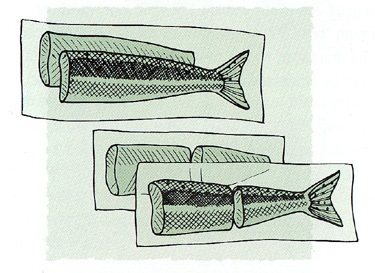Unreel
Well-Known Member
So most areas right now have the slot limit with 80cm being the max. As I read the regs, when there is a maximum size limit the head must remain attached until your at your residence. So with that, how many hatchery chinook heads are not making it to the recovery freezers!? You’d think a massive amount no? Not that dfo listens to data anyway but still.


